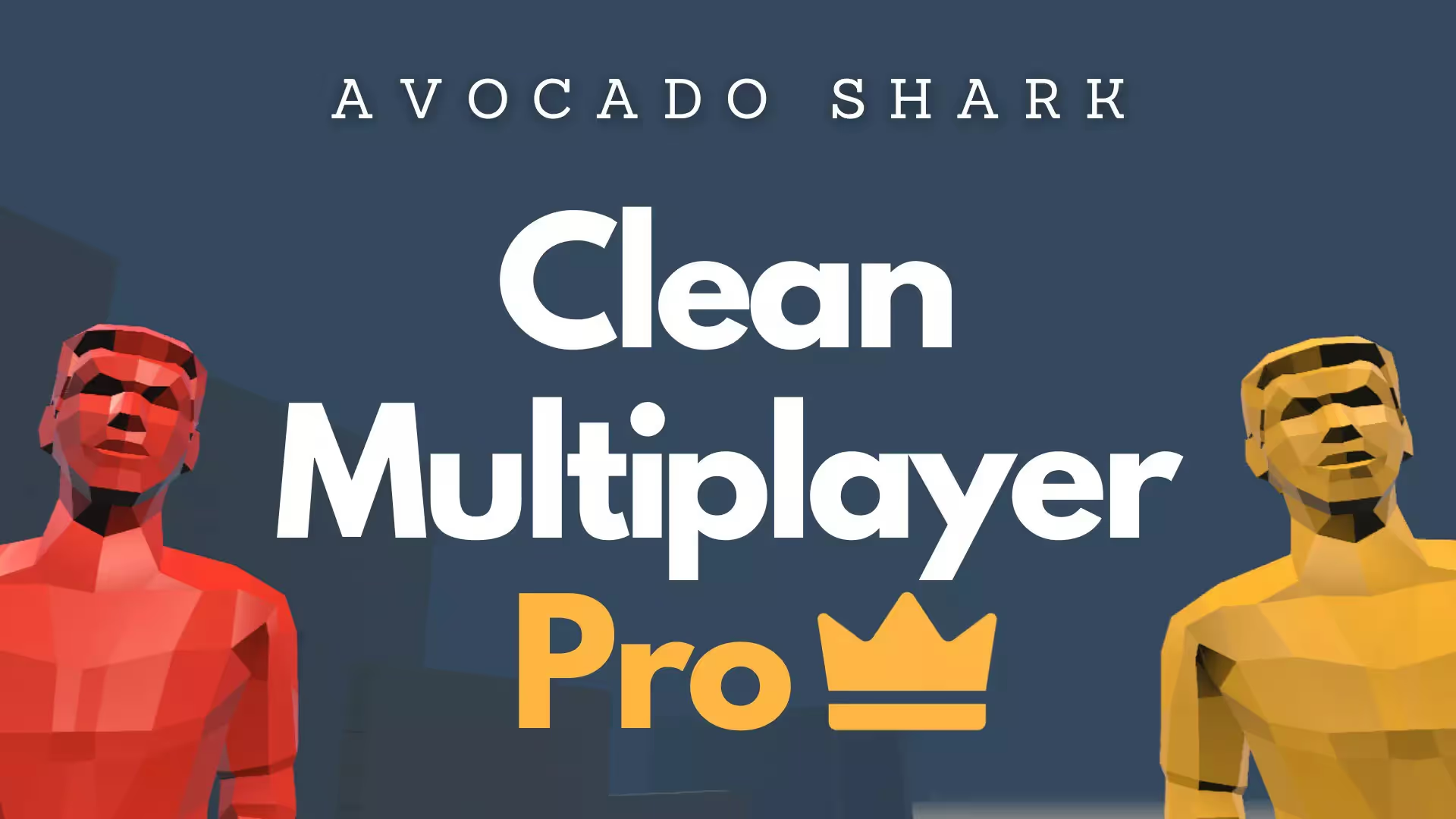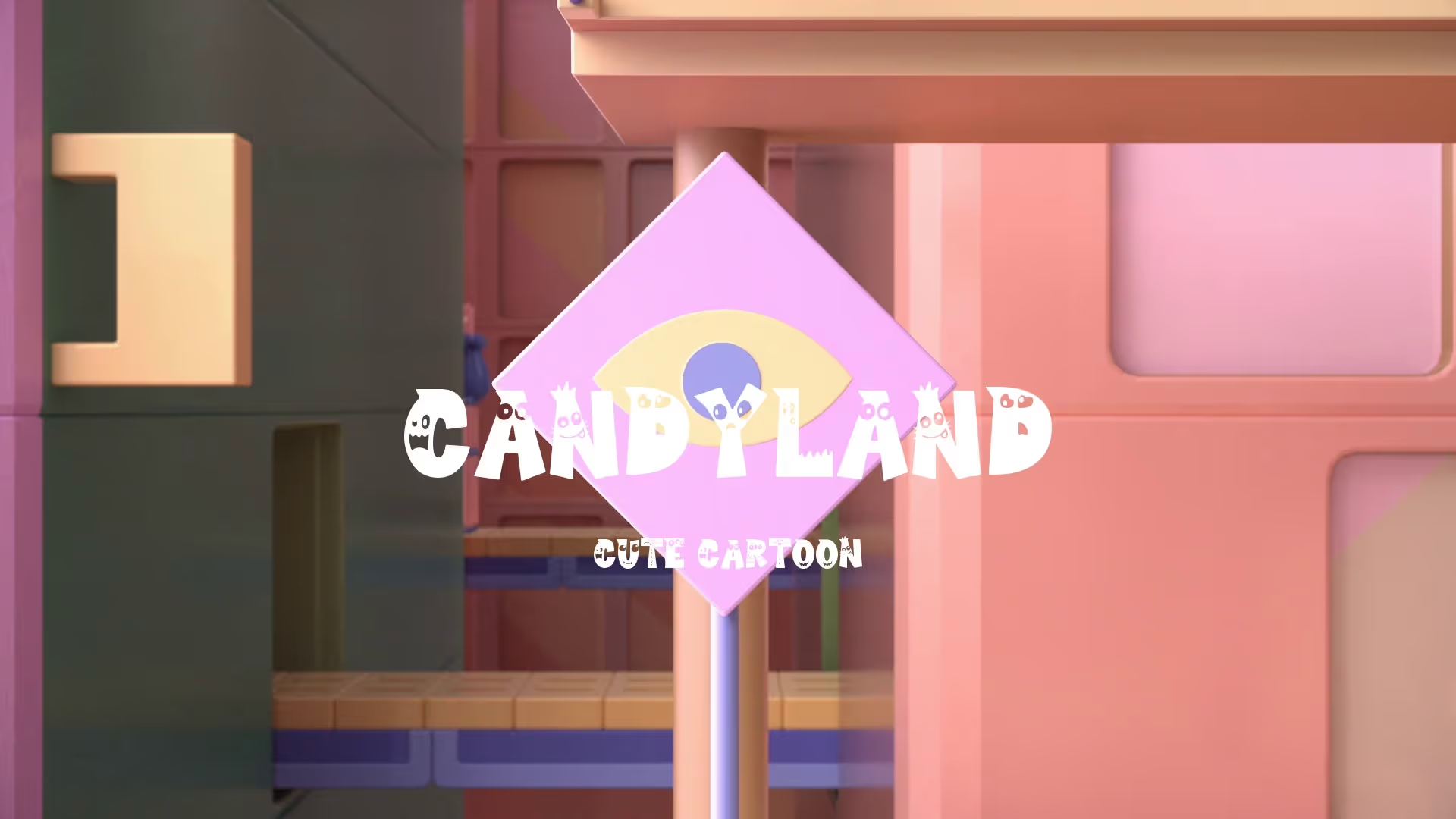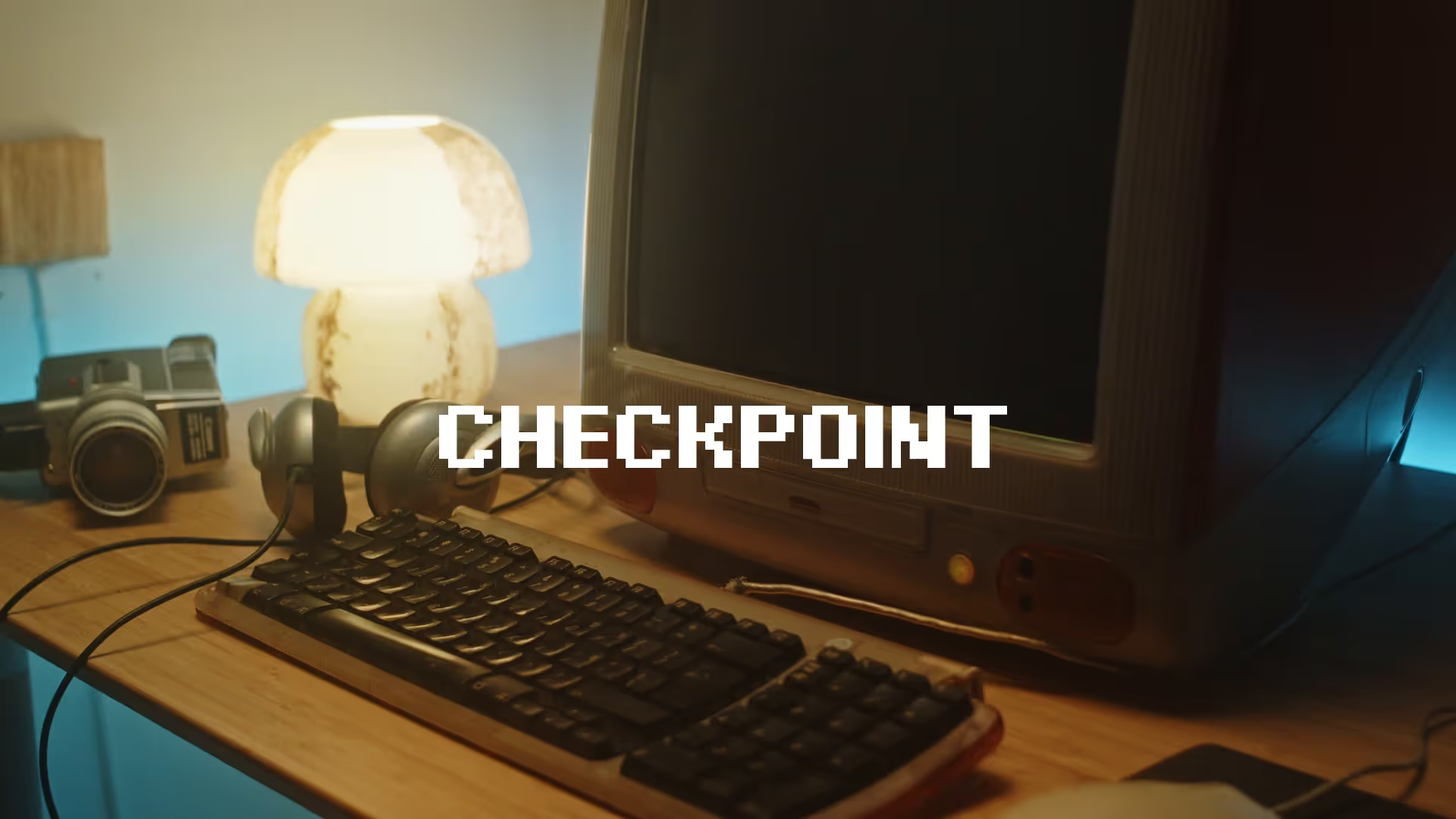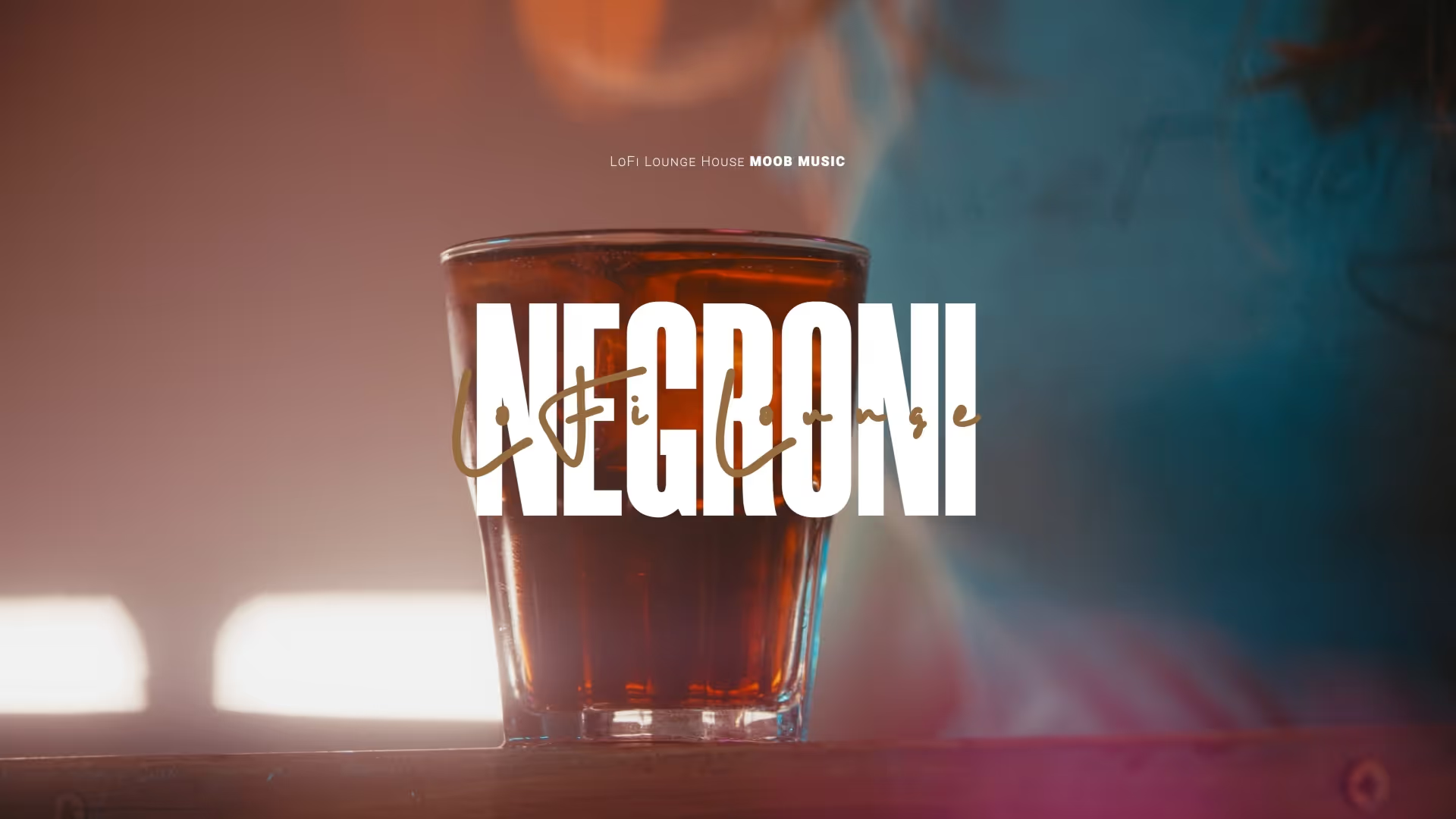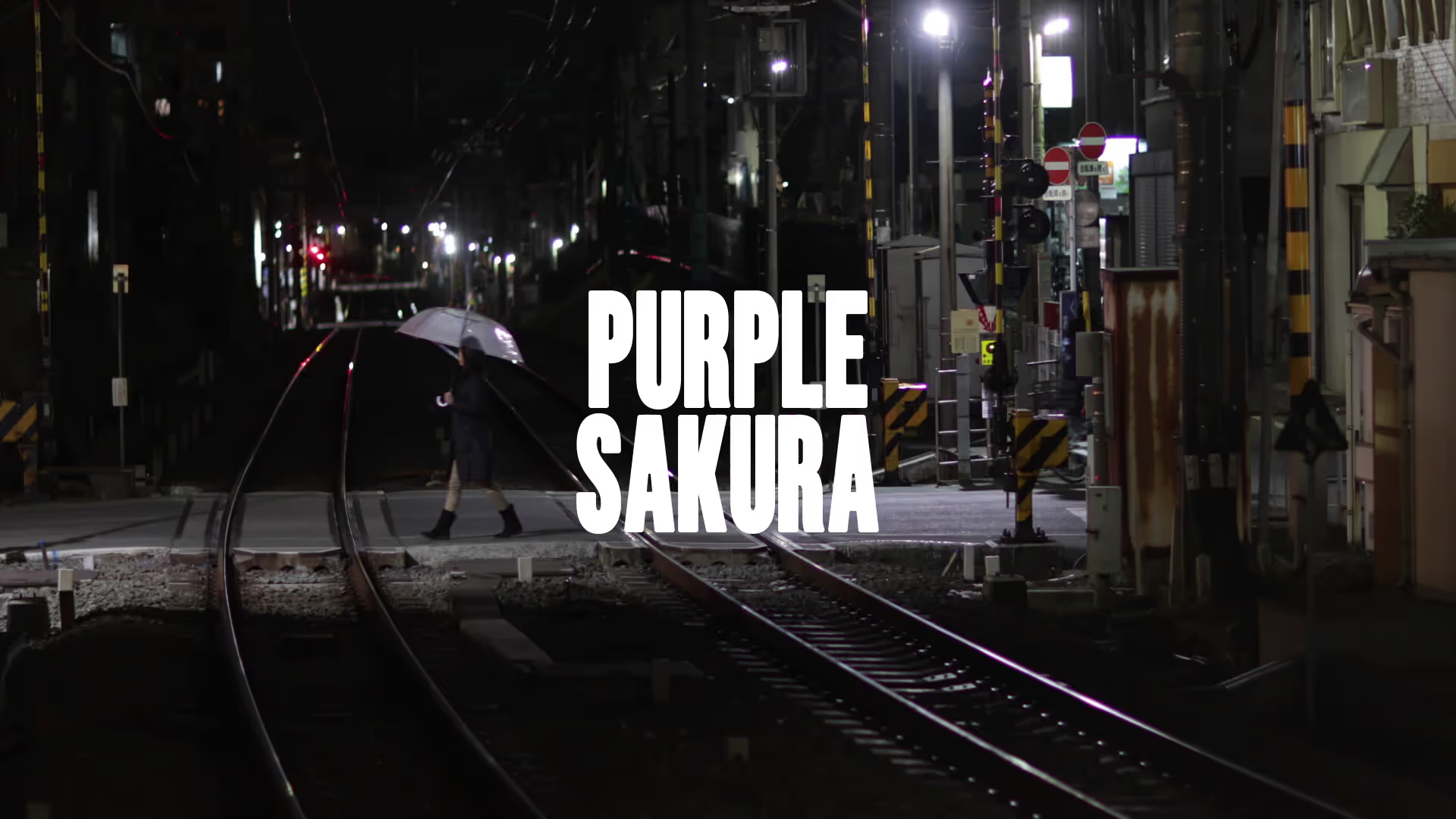Understanding Game Revenue Shares: A Guide for Indie Developers
Navigating game revenue shares is a critical challenge for indie developers. The percentages dictate your profit, impacting everything from future projects to personal income. Understanding these agreements is not optional; it is fundamental to financial success.
Different platforms and publishers offer varying terms, each with its own intricacies. A clear grasp of these models enables smarter decisions and more favorable negotiations.
Platform Revenue Shares: The Digital Storefronts
Digital storefronts are the primary distribution channels for most indie games. Their revenue share models are generally fixed and non-negotiable.
Steam’s Tiered System
Steam traditionally takes a 30% cut of game sales. This means for every dollar your game earns, you receive 70 cents.
However, Steam offers a tiered system for high-performing titles. If your game grosses over $10 million, Steam’s cut drops to 25% for subsequent revenue. For games exceeding $50 million, the cut further reduces to 20%. These tiers are a long-term incentive for successful games.
Epic Games Store’s Developer-Friendly Approach
Epic Games Store entered the market with a disruptive 88/12 revenue split. Developers keep 88% of gross revenue, making it significantly more favorable than Steam’s standard 70/30 split.
This model was designed to attract developers and offers a substantial advantage for indie studios focused on maximizing per-unit earnings.
Console Storefronts: PlayStation, Xbox, Nintendo
Console platforms generally follow the industry standard 70/30 split. Sony (PlayStation), Microsoft (Xbox), and Nintendo (Switch) each take approximately 30% of digital game sales.
Getting a game onto these platforms often involves additional licensing agreements and development kits, adding to initial costs before revenue shares even apply.
Publisher Revenue Shares: Navigating Partnerships
Working with a publisher introduces a different layer of revenue sharing. Publisher agreements are highly variable and subject to negotiation.
Common Publisher Splits
Publisher deals can range widely, but a 50/50 split after recouping development and marketing costs is common. Some deals might favor the publisher more heavily, especially if they are providing significant funding, marketing, or porting services.
It is crucial to understand what ‘recouping costs’ entails. Publishers typically deduct all development funding, marketing expenses, QA, localization, and porting costs from the game’s gross revenue before the developer sees their share. This is often referred to as ‘first money in, first money out.’
The Developer’s Share After Recoupment
Once all publisher costs are recouped, the agreed-upon revenue split applies to the remaining net revenue. For instance, if a publisher invests $200,000 and the game earns $300,000, the first $200,000 goes to the publisher. The remaining $100,000 is then split according to the contract, perhaps 50/50, leaving the developer with $50,000.
Create a free account, or log in.
Gain access to free articles, game development tools, and game assets.







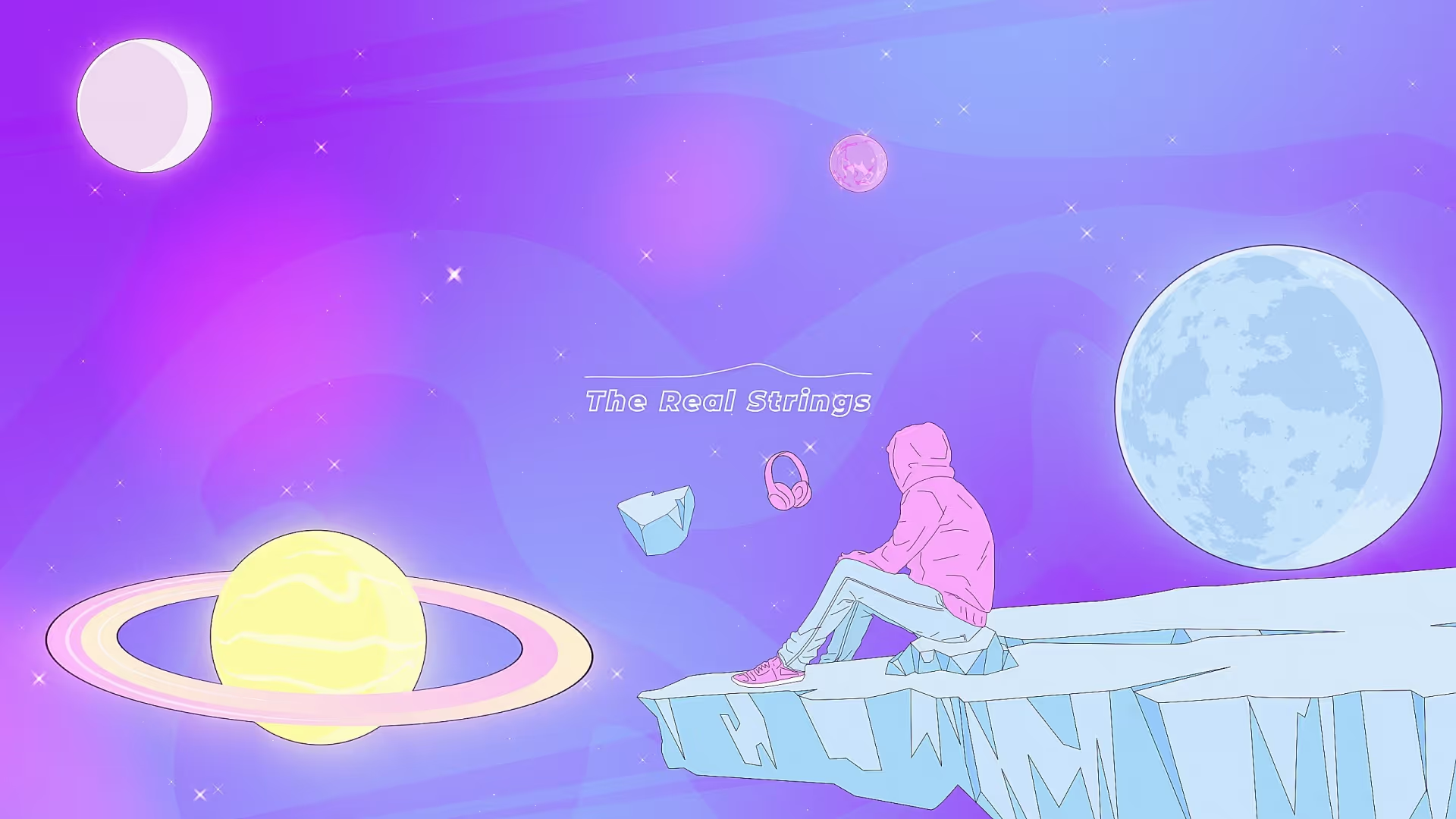

.webp)


